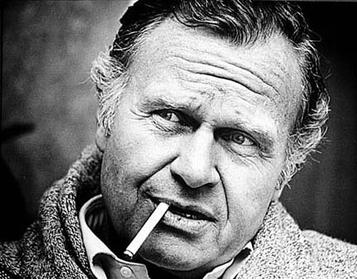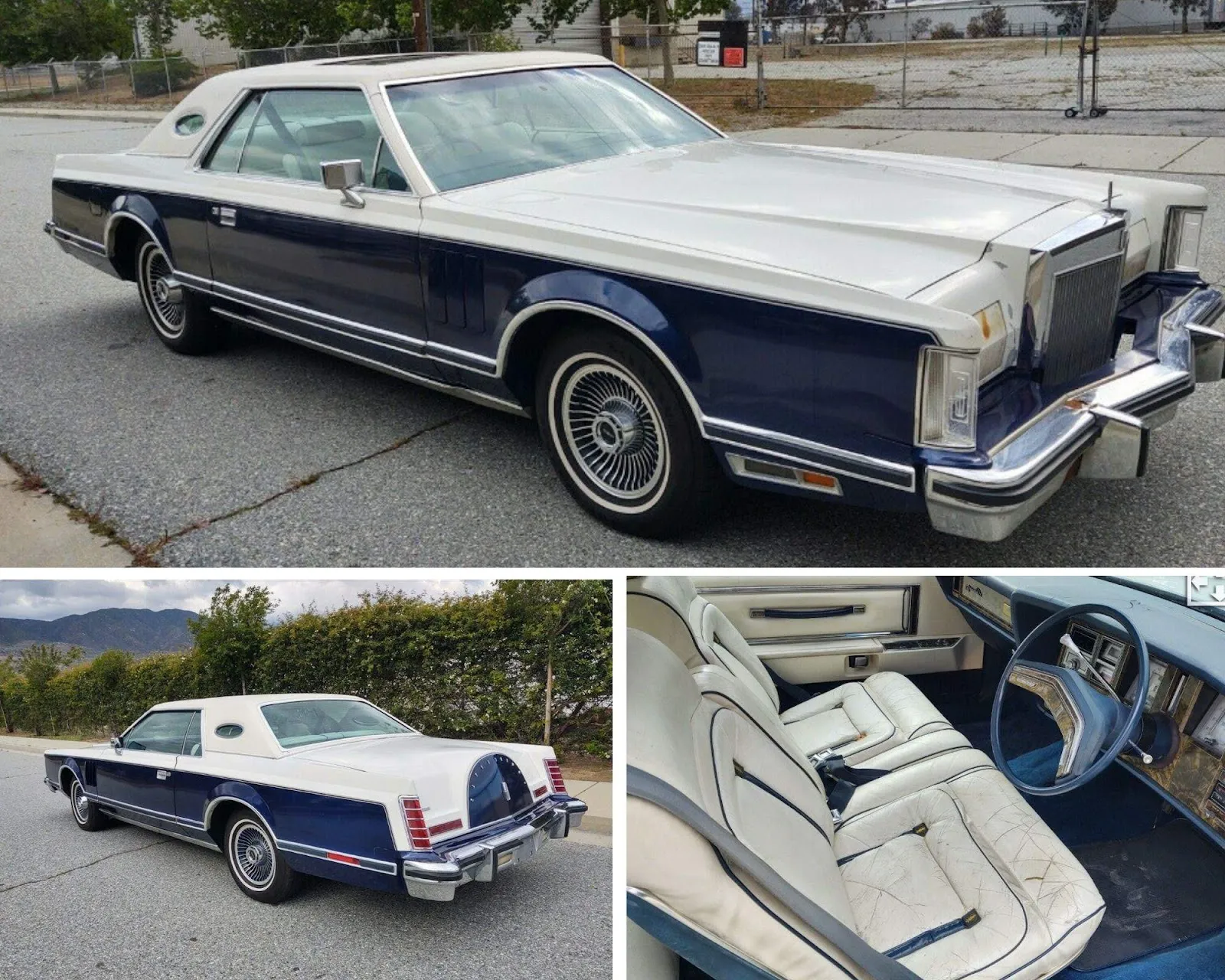Cashmere and Covert Ops: Bill Blass, the Ghost Army's Designer Spy
Bill Blass and the ‘Ghost Army’ were in charge of audacious WWII deception campaigns - a traveling road show of inflatable tanks, fake radio transmissions, and elaborately staged illusions to dupe the Nazis.
American fashion icon Bill Blass cut a glamorous figure in WWII, reading Vogue in his foxhole and sketching designs for Rio de Janeiro and Buenos Aires fashion houses in his spare time. Blass was on a deadly serious mission in Europe however. He volunteered to join an innovative military unit of 1,100 artists, actors, and photographers known as the ‘Ghost Army’ who created tactical deception operations.

The group - officially known as the 23rd Headquarters Special Troops - specialized in sleight-of-hand, creating illusions with inflatable tanks, fake jeeps, and artillery coupled with speakers that blasted pre-recorded tracks of troops in action to intimidate the Germans.
"I spent most of the war inflating dummy tanks and dreaming up marvelous new uses for chicken feathers," Blass said later.
The ruses worked. Although three of the Ghost Army members were killed and dozens wounded, the military US estimates they saved the lives of 15,000 to 30,000 American servicemen.
Born in 1922 in Indiana, Blass was beginning to make a name for himself in New York fashion circles in the ‘40s when he voluntarily joined the military. Other members of the Ghost Army included painter and sculptor Ellsworth Kelly, wildlife artist Arthur Singer, and fashion photographer Art Kane. Bill Sayles, an art director and military veteran, recalled Blass’ can-do attitude: "He would never shirk a duty. If it was cleaning trash cans, he was right there with a smile and beautiful teeth."
The Ghost Army was inspired by the British units who had honed their technique during Operation Bertram, a 1942 deception Egyptian operation in which the Allies deceived German General Erwin Rommel about the timing and location of the Allied attack.
Ghost Army: Masters of Battlefield Deception
Established in 1944, the Ghost Army worked under the cover of darkness and employed tactics that included positioning dummy paratroopers to simulate an impending invasion.
The decoy ‘missions’ were backed up with fake radio traffic suggesting the incorrect deployment of large military units. Soldiers also frequented bars to spread false information to spies, Axis informants, and eavesdroppers.
The Ghost Army’s most significant mission was in June 1944, D-Day, the Allied invasion of Normandy, France. Four members joined the D-Day landing followed by a 17-man Ghost Army platoon that landed on Omaha Beach eight days later to create dummy artillery placements that drew fire from the Germans.
In 2013, a documentary shed light on the Ghost Army and their astonishing achievements and in 2022 - decades after they saw action - the Ghost Army was awarded a Congressional Gold Medal.
"The brand new social experience where you activate your gaming skills as you train like a spy."
- TimeOut
Take on thrilling, high-energy espionage challenges across different game zones.

Ghost Army Legacy
Blass sketched his corporate logo during his wartime service, lying on a bunk in Luxembourg in 1944. It would be another 25 years before he had his name on the company door. "Patience is something I know a lot about," Blass said.
.webp)
Before long, however, Blass was dressing former First Ladies Jackie Kennedy and Nancy Reagan and won more than 40 awards for fashion achievements including seven Coty Awards and the Fashion Institute of Technology's Lifetime Achievement Award (1999).
From 1975 to 1992, Blass lent his creative vision to the Ford Motor Company, collaborating on a special edition of their Continental Mark series. The exclusive vehicles featured distinctive interior and exterior color combinations.

Best dressed spy
Blass' timeless style earned him a place in the International Best Dressed List Hall of Fame. He was also a philanthropist, donating $10m to the New York Public Library in 1994.
In 1999, he sold his company for $50m and retired in Connecticut but his life took a poignant turn when he was diagnosed with cancer a year later.
Blass died in 2002, just shy of his 80th birthday. In his will, he bequeathed half of his $52m estate, along with several priceless ancient sculptures, to the Metropolitan Museum of Art.
SPYSCAPE+

Join now to get True Spies episodes early and ad-free every week, plus subscriber-only Debriefs and Q&As to bring you closer to your favorite spies and stories from the show. You’ll also get our exclusive series The Razumov Files and The Great James Bond Car Robbery!


Gadgets & Gifts
Explore a world of secrets together. Navigate through interactive exhibits and missions to discover your spy roles.
Your Spy Skills
We all have valuable spy skills - your mission is to discover yours. See if you have what it takes to be a secret agent, with our authentic spy skills evaluation* developed by a former Head of Training at British Intelligence. It's FREE so share & compare with friends now!
* Find more information about the scientific methods behind the evaluation here.


Stay Connected
Follow us for the latest
TIKTOK
INSTAGRAM
X
FACEBOOK
YOUTUBE